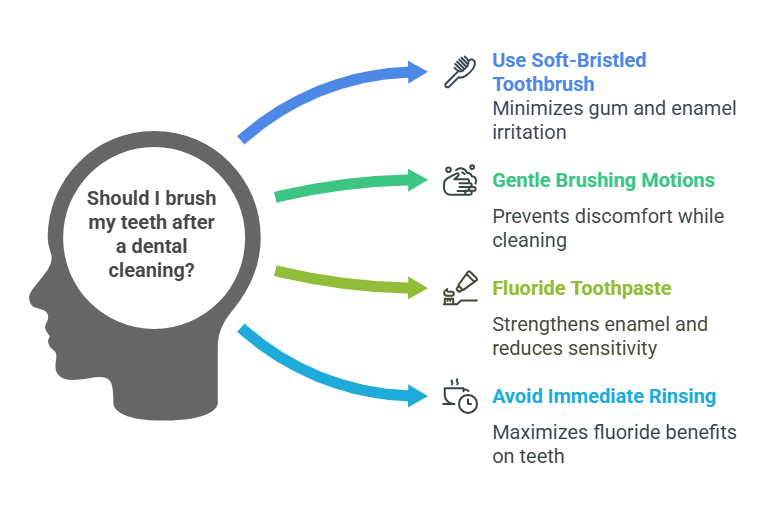Toothache can be excruciating, and the thought of getting a tooth pulled might send shivers down your spine. But fear not! While tooth extractions aren’t exactly a walk in the park, modern dentistry offers effective pain management strategies to make the process as comfortable as possible.
During the Procedure:
- Local Anesthesia: This is the most common pain relief method, numbing the tooth and surrounding area. You might feel pressure or movement, but no sharp pain.
- Nitrous Oxide (Laughing Gas): This inhaled gas induces relaxation and reduces anxiety, making the procedure feel less intense.
- General Anesthesia: For complex extractions or patients with dental anxiety, complete sleep is induced.
After the Procedure:
- Mild Discomfort: You’ll likely experience tenderness and swelling for 1-3 days. Over-the-counter pain relievers like ibuprofen or acetaminophen can help.
- Prescription Pain Medication: For more severe discomfort, your dentist might prescribe stronger medication.
Learn more: What Is A Dental Extraction?
Remember:
- Individual Pain Sensitivity: Everyone experiences pain differently. Communicate your concerns to your dentist, who can tailor the pain management plan to your needs.
- Type of Extraction: Simple extractions involving visible teeth are usually less painful than surgical extractions involving bone removal.
- Healing Process: Following your dentist’s post-operative instructions (ice packs, soft diet, rest) is crucial for a smooth healing process and reduced discomfort.
Beyond Pain Management:
- Communication is Key: Discuss your fears and expectations with your dentist openly. They can explain the procedure, address concerns, and offer reassurance.
- Relaxation Techniques: Deep breathing, meditation, or listening to calming music can help manage anxiety before and during the procedure.
In Conclusion:
While tooth extractions can involve some discomfort, modern pain management techniques make the process manageable. By understanding the options available and working with your dentist, you can face the procedure with confidence and minimize discomfort. Remember, prioritizing oral health is essential for overall well-being, and sometimes, tooth extraction is the best path to a healthy smile.
If you are looking for a Weymouth dentist near you, please visit Comfort Dental Weymouth, 47 Washington St, Weymouth, MA 02188, (781) 337-3300.






